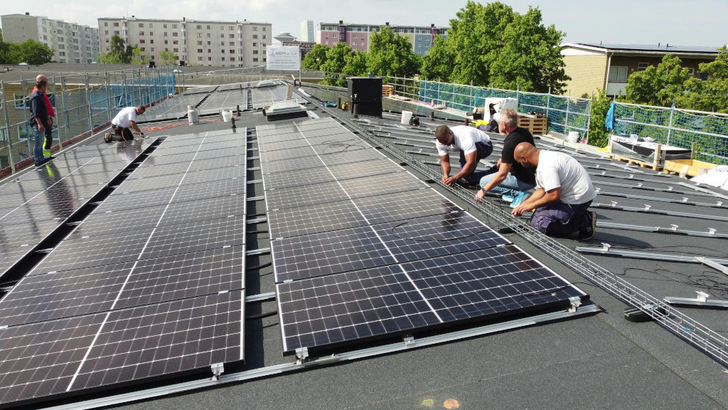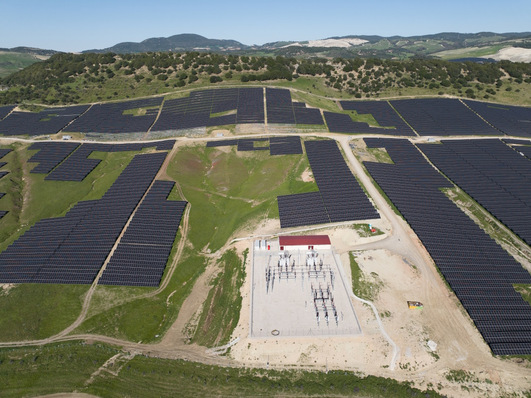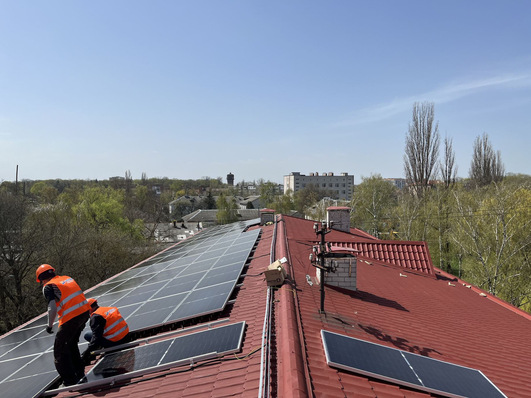In the Holma district of Malmö there is a large residential complex at Hyacintgatan 45. It was recently equipped with photovoltaics, like previous similar large-scale projects. The quarter was built in the 1970s as part of the so-called million dollar program. In order to create affordable housing, numerous settlements were planted on arable land.
Video: Presenting the BBK Group from Trelleborg, Sweden
15 buildings with 540 apartments
In this case it is the owners' association Riksbyggen Brf Malmöhus 24, which includes 540 apartments. The solarization project was planned and installed by the BBK company.
In order to meet the high requirements, BBK first analyzed the market for solar components. “We chose solar inverters from Kostal and modules from REC from Norway,” says Daniel Ohlin, CEO of the BBK Group. “This guarantees high quality. It was also important to us that if we have any questions or problems, experienced and local technical experts can help us if necessary.” The selection of the inverters was preceded by extensive tests of various products and suppliers. The decisive factors were efficiency and service.
Get recent news and usable information for your solar business!
Some roofs more than 30 meters high
The Riksbyggen Brf Malmöhus 24 district consists of 15 buildings with different floor plans, some of which are higher than 30 meters. “We started installing solar modules on the first building in 2016,” Ohlin reflects. “We have equipped another building every year since then.”
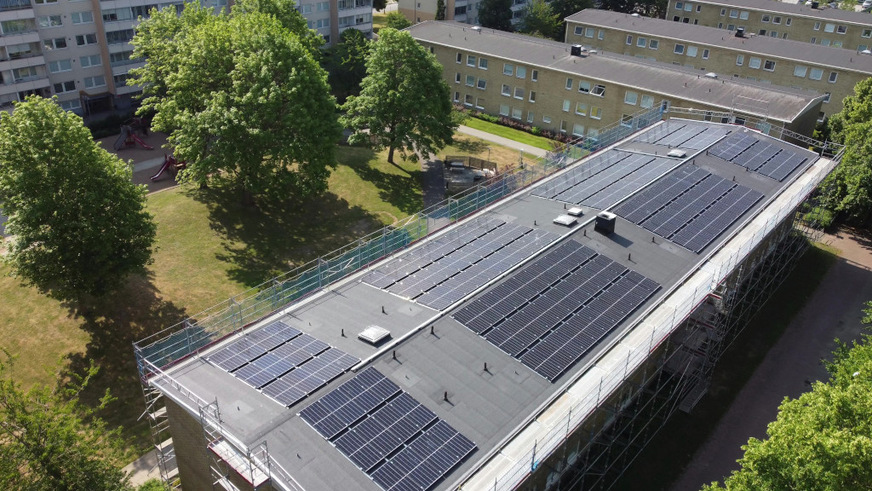
Kostal Solar Electric
Quality and service also played a crucial role in the selection of assembly technology. “In Sweden, no one has any technical experience with installation on such tall buildings,” reports the manager. “The wind loads are very high and the conditions for installation are sometimes extreme.”
Do you want to know more about PV in Sweden? Look here!
Modules installed parallel to the roof
So far, 2048 N-Peak and Twinpeak 5 solar modules have been installed by REC. The substructure comes from K2 Systems. The solar modules were not mounted on stands, but rather mounted parallel to the roof pitch using the Dome Zero from K2 Systems. “This meant we didn’t need approval from the building authorities,” explains the manager. “The system also requires far fewer additions or fastenings to the solid wood roof substructure.”
All systems have the same structure and components to ensure longevity and reduce maintenance costs. “The installation went smoothly in all projects because all suppliers supported us in the planning,” praises Ohlin. “We were and are in constant contact to coordinate data and requirements.”
Borgholm is the solar city of Sweden
Around 650 kilowatts installed so far
Six of 14 buildings are now equipped with solar technology. The solar modules produce 650 kilowatts. 17 inverters were installed, EPC and Piko CI. All in all, 550,000 kilowatt hours of clean electricity have been generated so far.
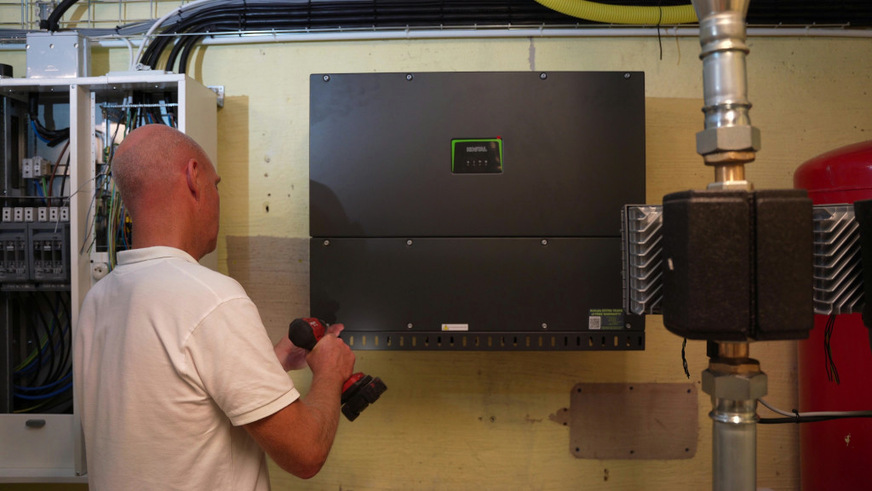
Kostal Solar Electric
It was important to planners and owners that the projects were economically viable. “At the beginning we planned to break even in eight years,” says Ohlin. “When electricity prices skyrocketed, we broke even after just four to five years.”
As a result, the systems that were first installed have already paid for themselves. The solar power goes via the house power distributors into the apartments and elevators, into the lighting of the stairwells and garages and into charging points for electric cars. (HS/hcn)

